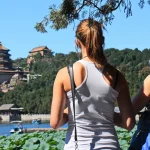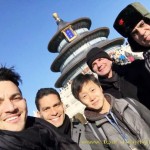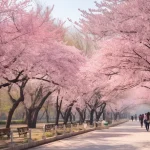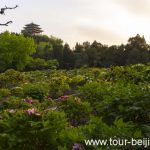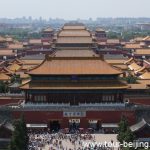My Second Day on Mount Huangshan (2)
After a simple Chinese lunch at Cloud Disppelling Hotel, we started our 3km hike up to the Bright Peak ( Bright Summit光明顶), the second highest peak in Hangshan, 1860 meters in altitude and our hotel – Baiyun Hotel tonight was just below the most famous peak in Huangshan. The Mountain Road to Bright Summit Later this…
